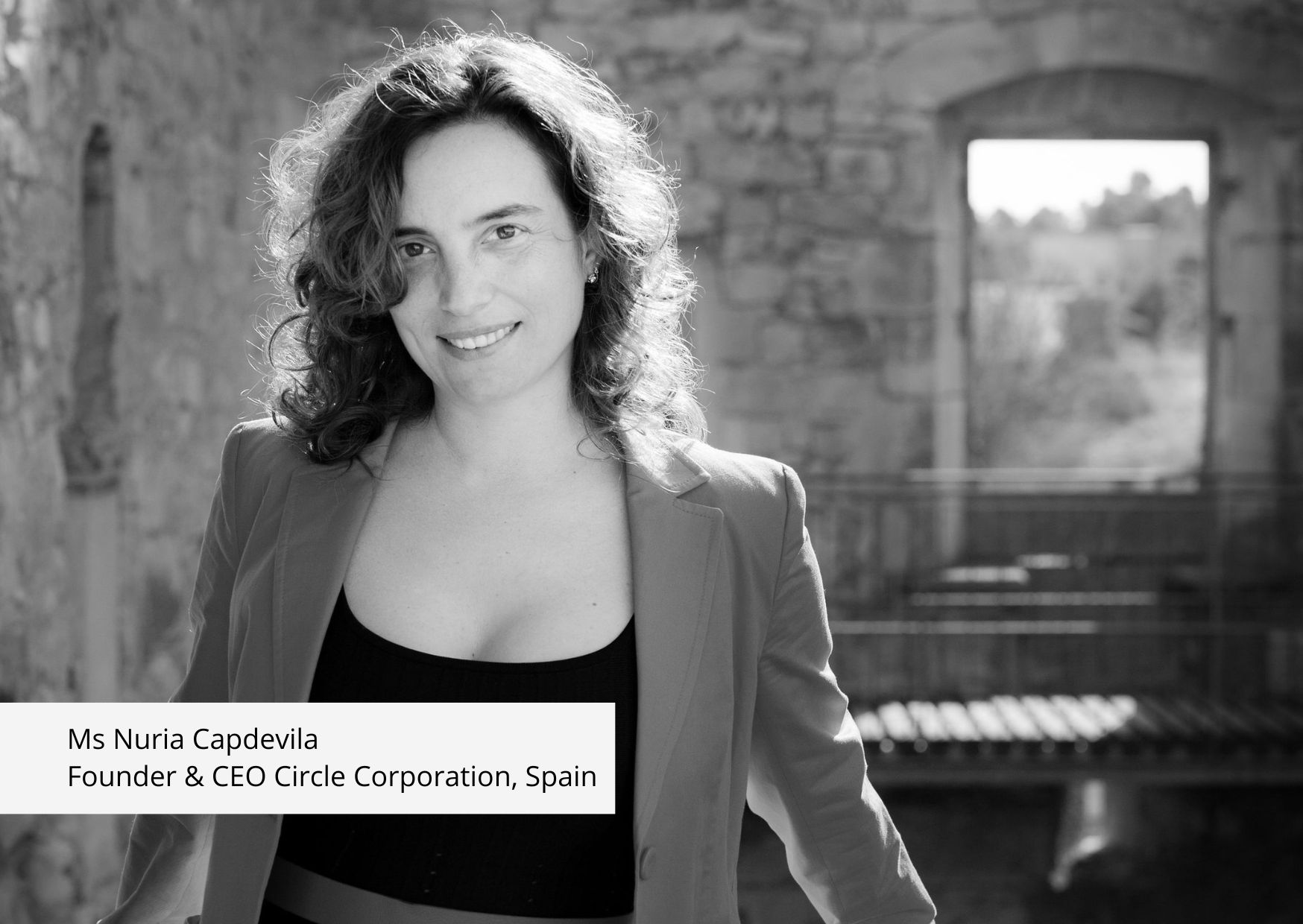Become a member
FIAT-IFTA is the only internationally governed Funeral Federation with National, Active and Associate Members in more than 80 Countries.
Cemeteries are much more than places of eternal rest. They represent a profound dialogue between life and death, a sacred space where essential human rituals for our harmony and well-being find their purpose. They significantly contribute to the pursuit of happiness by honouring existence and validating grief as a natural and legitimate emotion. In these sanctuaries, we share, celebrate, and reflect on life and death, gaining a deeper understanding of our own journey and learning to appreciate the beauty of existence.
Today, more than ever, cemeteries play a crucial role in promoting sustainability and well-being, in perfect harmony with the United Nations Sustainable Development Goals (SDGs). Traditionally, cemeteries have posed environmental challenges, particularly in terms of energy consumption required for the maintenance of green areas and monuments, along with the use of natural resources. However, in recent times, we have witnessed a shift toward more sustainable funeral practices and the creation of neocemeteries or cemeteries of the future that seek to reduce their environmental impact.

We are talking to Nuria Capdevila, Founder & CEO Circle Corporation (Spain) about new paradigm for cemeteries.
Katarzyna Supa: In some countries, we consider a sustainable cemetery to be one that segregates waste and encourages families of the deceased to purchase candles in moderation, to reach for reusable or electric candles, and to decorate graves with fresh flowers rather than artificial ones.
I understand that this is just a drop in the ocean of the concept of sustainable cemeteries and we should go much further? What should we understand as a Sustainable Cemetery?
Nuria Capdevila: The concept of a sustainable cemetery is gaining interest worldwide. From my perspective, an ideal cemetery should be people-centred, sustainable, resilient, hyper-efficient, and circular, with a legacy that is restorative and regenerative. While it may seem utopian at present, I am convinced that the time will come when this vision materializes, following the trend already observed in many European cities and around the world.
It is true that we are witnessing a growing diversity of options and funeral rituals available to families.
From traditional burial to cremation, cryopreservation, human composting, and many other alternatives, the variety is vast. It is essential that we seek the ability to integrate all these options into a more inclusive cemetery approach, capable of meeting the needs of various funeral rites and practices. This flexibility is crucial for honouring individual beliefs and wishes, especially in one of life's most sensitive moments, such as cyclical closure.
This shift towards more sustainable cemeteries not only aligns with modern needs but also aligns with the SDGs, contributing to the promotion of sustainability, mental health, and the building of environmentally respectful communities, demonstrating that the evolution of cemeteries is a significant step toward a more conscious and compassionate future.
Honouring the past and integrating the future serves as the foundation of modern cemetery design.
The past, with its stories, heroes, milestones, and rituals, enriches our legacy and moulds our collective identity - a shared heritage of humanity. This calls for a comprehensive perspective to tackle a wide array of challenges.
In the case of neocemeteries, the core idea is a redesign that prioritizes the revitalization of life-sustaining systems. The goal is to enable funeral companies to operate in a manner that goes beyond sustainability, creating a 'net positive impact.' This means that these new cemetery practices aim to give back more to the environment and society than they consume or negatively affect. It goes well beyond just considering CO2 emissions; it encompasses a holistic approach where the ecological, social, and cultural benefits provided by these cemeteries far outweigh any associated costs, contributing to the overall well-being of the community and the environment.
Read whole article in the winter issue of THANOS magazine
- you can read online at pages 28-29
FIAT-IFTA is the only internationally governed funeral Federation with National, Active And Associate Members in more than 80 countries.
Subscribe to our newsletter and receive the latest funeral news and Thanos Magazine for free.
Not a member yet? Become a member